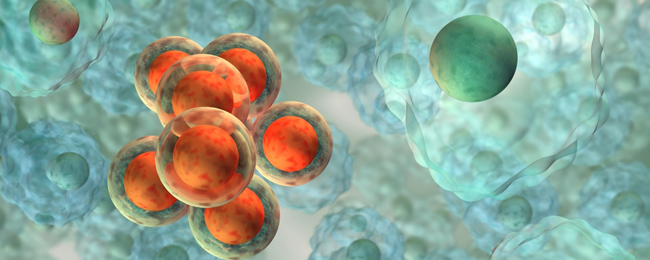
Pathology is the study of the nature, origin, progress, and cause of disease. It studies the processes involved of disease, whether by the naked eye, microscopically, or on a molecular level. Pathology addresses four components of disease: cause/etiology, mechanisms of development (pathogenesis), structural alterations of cells (morphologic changes), and the consequences of changes (clinical manifestations). Pathology is further separated into divisions, based on either the system being studied or the focus of the examination.
The Department of Pathology and Laboratory Medicine at the UC Health University of Cincinnati Medical Center is devoted to excellence in patient care by providing a full range of professional and technical services to the UC Health System. The department has an illustrious history of involvement in undergraduate medical and postgraduate education, pathology service and the acquisition of new knowledge related to human disease. The department offers fully accredited residency training programs in anatomic and clinical pathology.
In an academic environment of teaching and research, these services encompass anatomic and clinical pathology, and they serve to promote pathology as a discipline integral to the delivery of health care.
Anatomic pathology includes autopsy pathology, cytopathology and surgical pathology, to include subspecialization in genitourinary (GU), breast, gynecologic, gastrointestinal, hepatobiliary, pancreatic, endocrine, pulmonary, cardiovascular, neuromuscular, renal and head/neck pathology.
Clinical pathology includes blood bank/transfusion medicine, chemistry, microbiology, immunology, hematopathology, coagulation and molecular pathology.
The department is responsible annually for the interpretation of approximately 14,500 surgical pathology cases, 3,860 non-gynecologic and 5,870 gynecologic cytology specimens, 870 hematopathology cases, renal biopsies, neuromuscular cases and the performance of 100 autopsies.
Providing high-quality 24/7 service using state-of-the-art equipment, the highly experienced clinical laboratory staff performs two million tests per year. It also supports an extensive point of care laboratory testing system serving the region’s pre-eminent Level I trauma care service.
Anatomic Pathology
Anatomic pathology is a branch of medicine concerned with the diagnosis of disease based on gross, microscopic, chemical, immunologic and molecular examination of organs, tissues and cells. Anatomical pathology is itself divided in subspecialties, the main ones being autopsy, cytopathology and surgical pathology.
To find out more about each specialty within anatomic pathology, please visit the department’s website at http://pathology.uc.edu/PatientCare/AnatomicPathology.aspx.
Clinical Pathology
Clinical pathology is a branch of medicine concerned with the diagnosis of disease based on the laboratory analysis of tissue and fluid (blood, urine, body cavities).
Whereas surgical pathology arose from surgeons needing to know more about the tissues they encounter and resect, clinical pathology arose from internal medicine specialists interested in the application of modern laboratory methods to their patients’ conditions. Clinical pathology emerged as five somewhat distinct laboratory areas.
The first to evolve was microbiology, and the others include hematology, chemistry, immunology and blood bank/transfusion medicine. With the advent of our understanding of chromosomes, genes and DNA, molecular pathology is emerging as the newest field. It understandably bridges clinical and anatomic pathology.
To find out more about each area of clinical pathology please visit the department’s website at http://pathology.uc.edu/PatientCare/ClinicalPathology.aspx.
